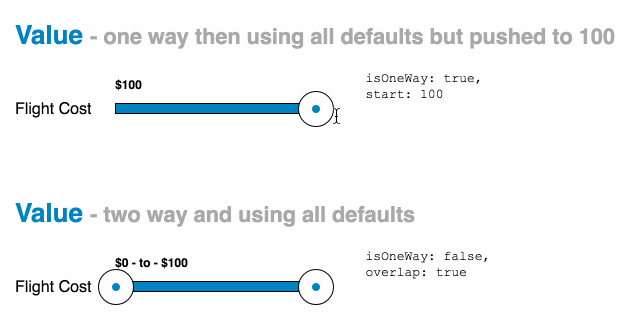One Year at LinkedIn
This month marks my one year anniversary working at LinkedIn.
I have moved majority of my writing from here at Svbtle to LinkedIn Publishing as my post history from both sites show.
This is in a sense a “pinned-to-the-top” post for anyone who reads or stumbles upon my Svbtle posts to check my articles out at LinkedIn.
If you are interested in following my articles, you can do so by visiting my LinkedIn profile at
https://www.linkedin.com/in/chrisrng/ or publicly without a login at https://www.linkedin.com/today/author/chrisrng.


